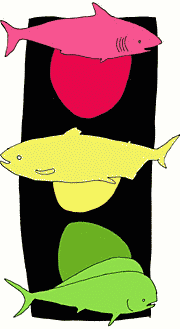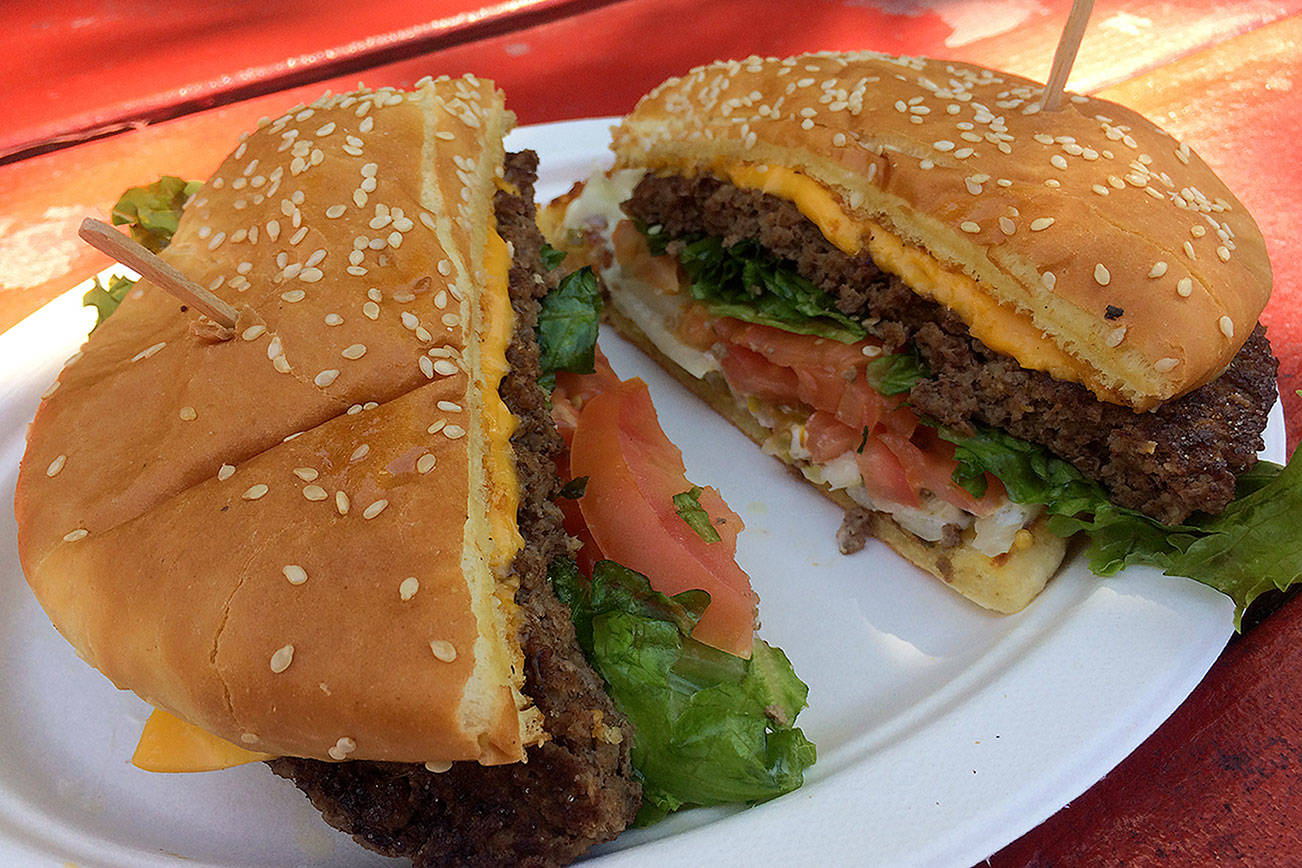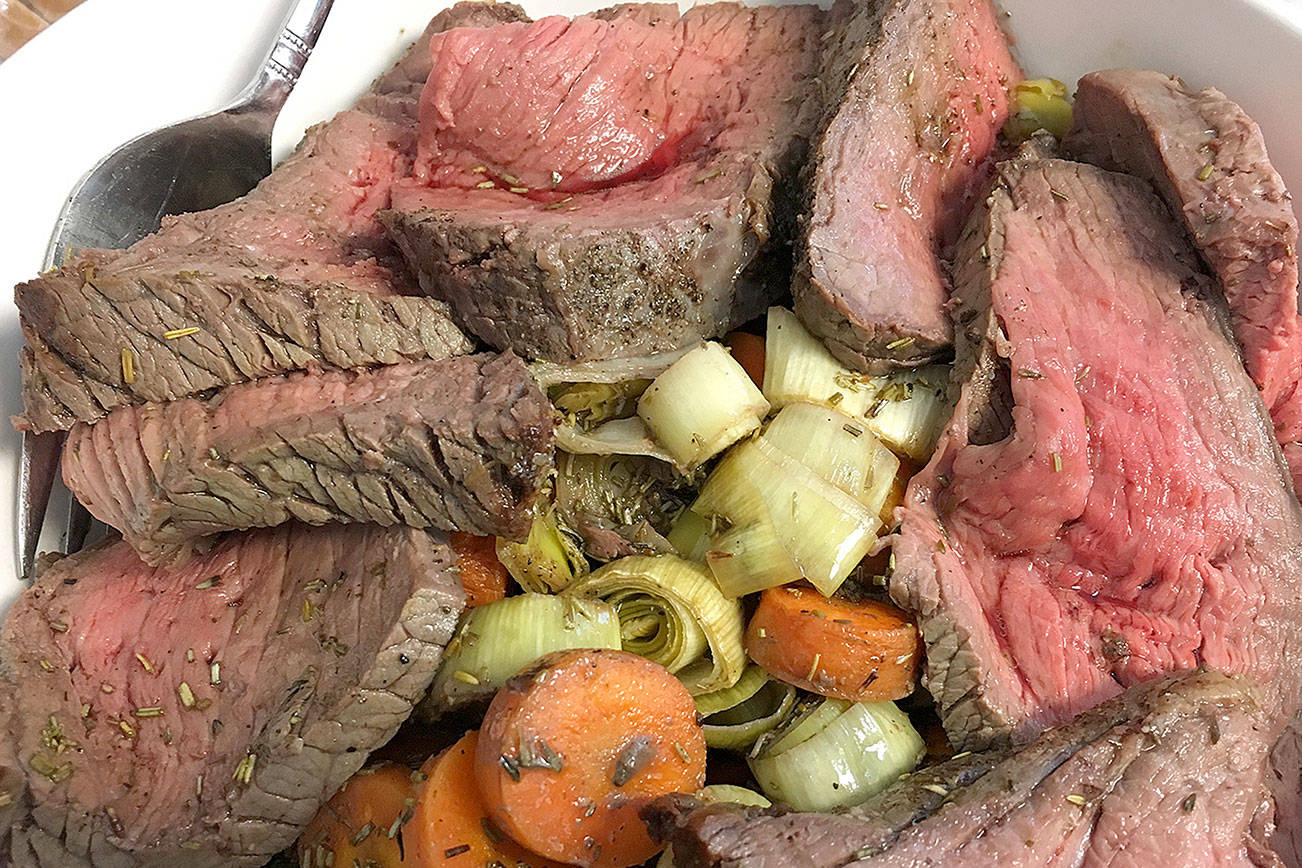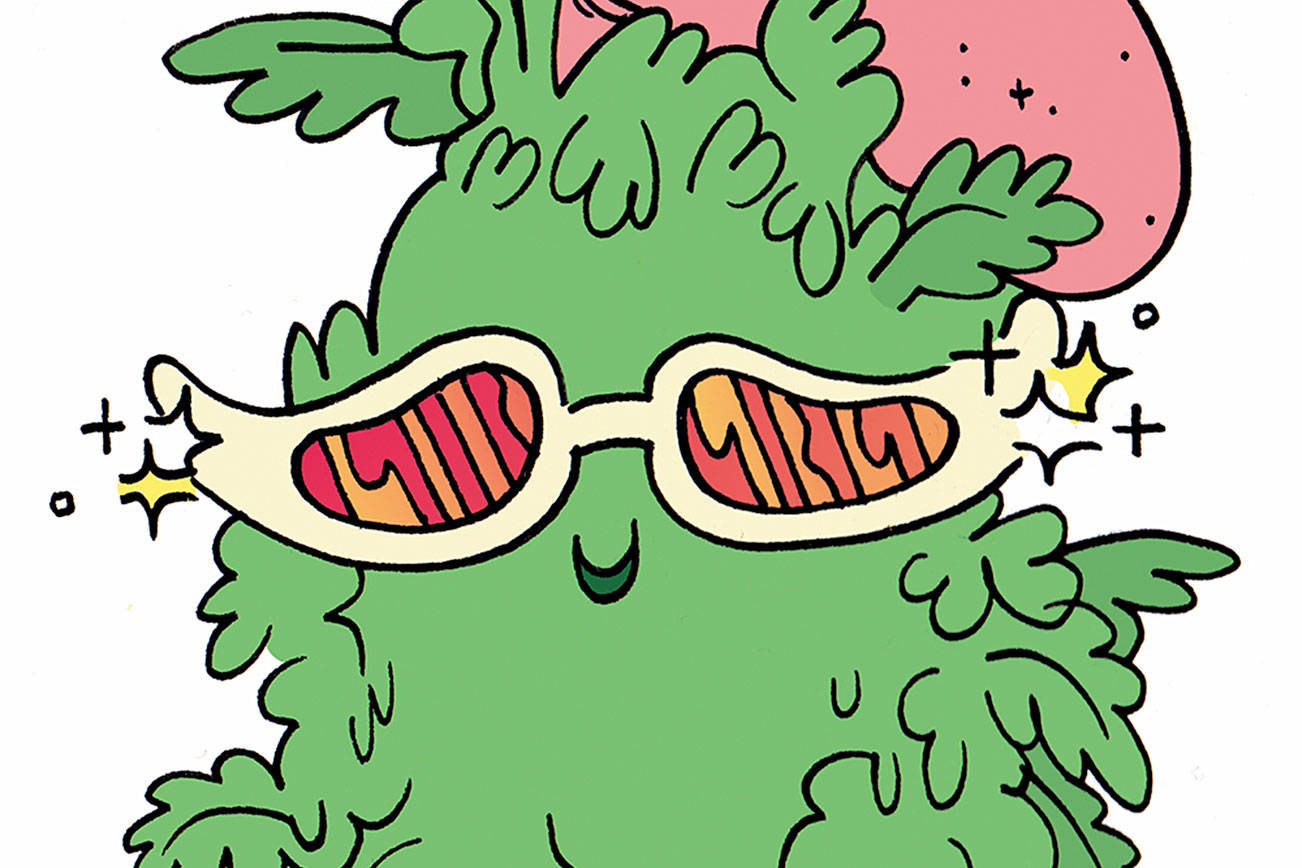There’s no denying the increased environmental awareness in the mainstream of American culture. Four-year-olds know a great deal about depleted salmon runs, and even the most pedestrian of politicians have to pay lip service to environmental issues. As such awareness seeps into our everyday thought processes, more and more of us attempt to connect the obvious and desirable principles of such concepts to our daily lives, which can be both energizing and confusing. Ultimately, it can come down to a simple question: “What kind of fish should I eat?”
Such an inquiry applies to restaurant and grocery store purchases alike. Numerous local restaurants feature a dizzying array of fish items on their menus, and fish has never taken up more retail space in grocery stores. A walk through the showy Whole Foods in the Roosevelt district can leave the conscientious consumer confused and overwhelmed. To help with our decision-making, here come the National Audubon Society’s Carl Safina and Mercedes Lee, both of Audubon’s Living Ocean’s Program. Safina, the program’s director, authored the article “Audubon Guide to Seafood,” a compact guide for fish lovers that appeared in Audubon magazine in May/June 1998. And along with Suzanne Iudicello, Safina also contributed to the soon-to-be-released Seafood Lover’s Almanac (National Audubon Society), which was edited by Lee. Beautifully illustrated and loaded with yet more detailed information about the status of fish species, the Almanac also features additional nutritional information and recipe suggestions (like capellini all’Istriana, which calls for farmed clams instead of the less environmentally friendly dredged ones). Both the book and the article contain clear advice for fish-eaters with a conscience.
In a recent interview, Lee said the time is right to provide information to consumers: “We’re working to recover depleted populations and to make the seas healthier. Consumers have the capacity to influence that. We’ve looked at the ecological repercussions of other industries, and we see that people have integrated that information into their buying practices. For example, with recycling, consumers will look for recycled content in products or think about the pollution effect of certain detergents. But that sort of ecological assessment hasn’t yet been applied to seafood. With marine fish being really the only food that’s hunted commercially on a large scale, it makes sense that people should start thinking about what’s happening in the seas and that their choices can make a difference toward the seas’ recovery.”
Safina’s article breaks down fish choices into three color-coded categories, red (“most problematic”) yellow (the middle ground), and green (“least problematic”). This straightforward rating system is based on concerns such as fisheries management, bycatch (referring to undesired trapping or killing of secondary species), and habitat concerns. According to Safina, the fish to avoid are: shark, swordfish, shrimp, orange roughy, groupers, Atlantic groundfish (cod, haddock, pollack, scrod, yellowtail flounder, monkfish), and scallops. The Almanac also adds to this category the Chilean sea bass (the marketing pseudonym for Patagonian toothfish), a victim of rampant and mostly illegal overfishing. Bycatch and habitat concerns for shrimp represent the type of problems that make a particular seafood highly problematic. As Safina describes in the article, “For every pound of shrimp you buy, an average of seven pounds of other sea life was killed and shoveled overboard. West Coast spot prawns are a rare exception: They are caught by traps that let other creatures escape.”
And what about our beloved salmon? Safina puts them in the yellow category, noting that salmon fisheries are healthy only in Alaska and that severe trouble looms for wild salmon elsewhere: “Several salmon populations are listed as endangered, and many are extinct.” A key point made by Safina again illuminates his and Lee’s avoidance of the scapegoating of all fishers as evil: “Salmon are most at risk not from fishers—who are the chief economic force behind their protection—but from logging, agriculture, and dams.”
Another often confusing issue for fish consumers is the advisability of purchasing and eating farmed salmon. Coming down against salmon farming, Safina writes, “salmon farming pollutes, displaces wild fish, and prompts the shooting of predatory seals near farms.” But the Almanac points out that not all farmed salmon are trouble: “There are some Atlantic salmon farmers, most notably in Maine, that rotate their fish pens to reduce disease, pollution, and predation.”
Also receiving a cautionary yellow from Safina are tuna, Pacific rockfish, snapper (red is in bad shape, yellowtail is probably OK), as well as oysters, lobster, and summer flounder. Lovers of Washington’s own oysters can take heart in Safina’s notes about the local favorite: “Taking shellfish often involves serious destruction of habitat on the ocean bottom. But many farmed oysters, especially on the West Coast, are grown on racks, which does not affect the bottom.” Geoducks, on the other hand, receive a red rating because of the damage done to habitat during their harvesting.
Which brings us to green, the list of fish we can eat with the knowledge that doing so is not contributing to the ravage of our underwater buddies. Halibut tops the list, especially from Alaska and other Pacific sources. Mahi mahi (a.k.a. dolphinfish), bluefish, mackerel, squid, crab, and striped bass (unlike the endangered sea bass) round out the species with fewest related problems. The Almanac cites the recovery of striped bass as one of many fishery management success stories: “Striped bass recently recovered from severe depletion in the 1980s caused by overfishing and exacerbated by poor water quality in spawning and nursery habitats in the Chesapeake Bay and Hudson River system. A recovery program designed in the mid-1980s allowed females to spawn at least once. This brought successful successive regeneration. Striped bass were formally declared restored in 1995, and their recovery is frequently highlighted as a model of successful fisheries management.”
While Lee describes an occasionally ambivalent fishing industry, she portrays a restaurant industry much more eager to embrace the information she and Safina provide: “The restaurant industry is very receptive. They want this kind of information. They have shown that they are concerned about the seafood they serve, from the perspective of their own conscience, not just because this might be what the public is asking for.” Lee hopes that such awareness will only hasten the general public’s interest in supporting healthy marine practices with educated marketplace choices.




